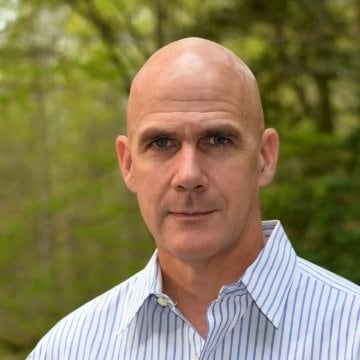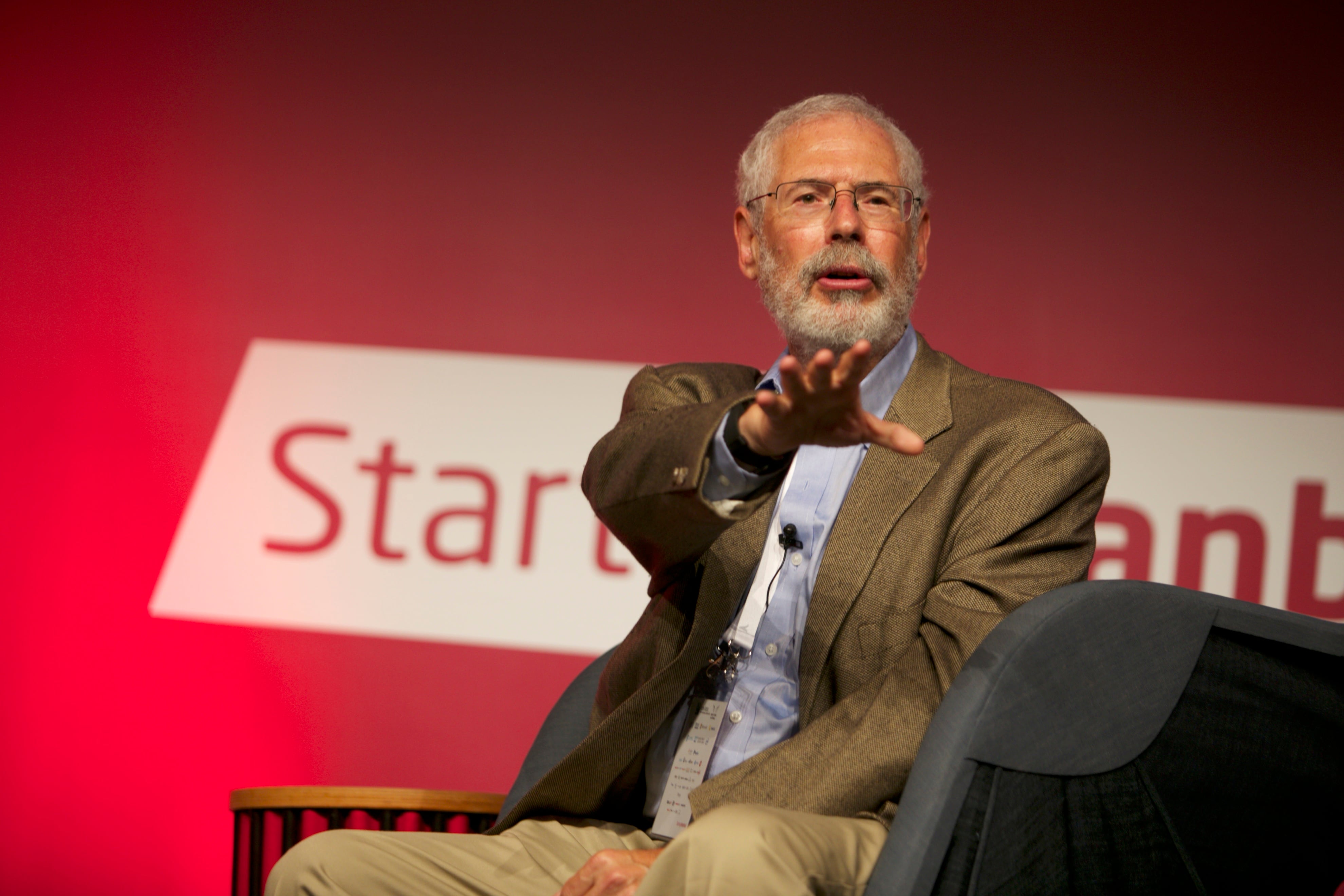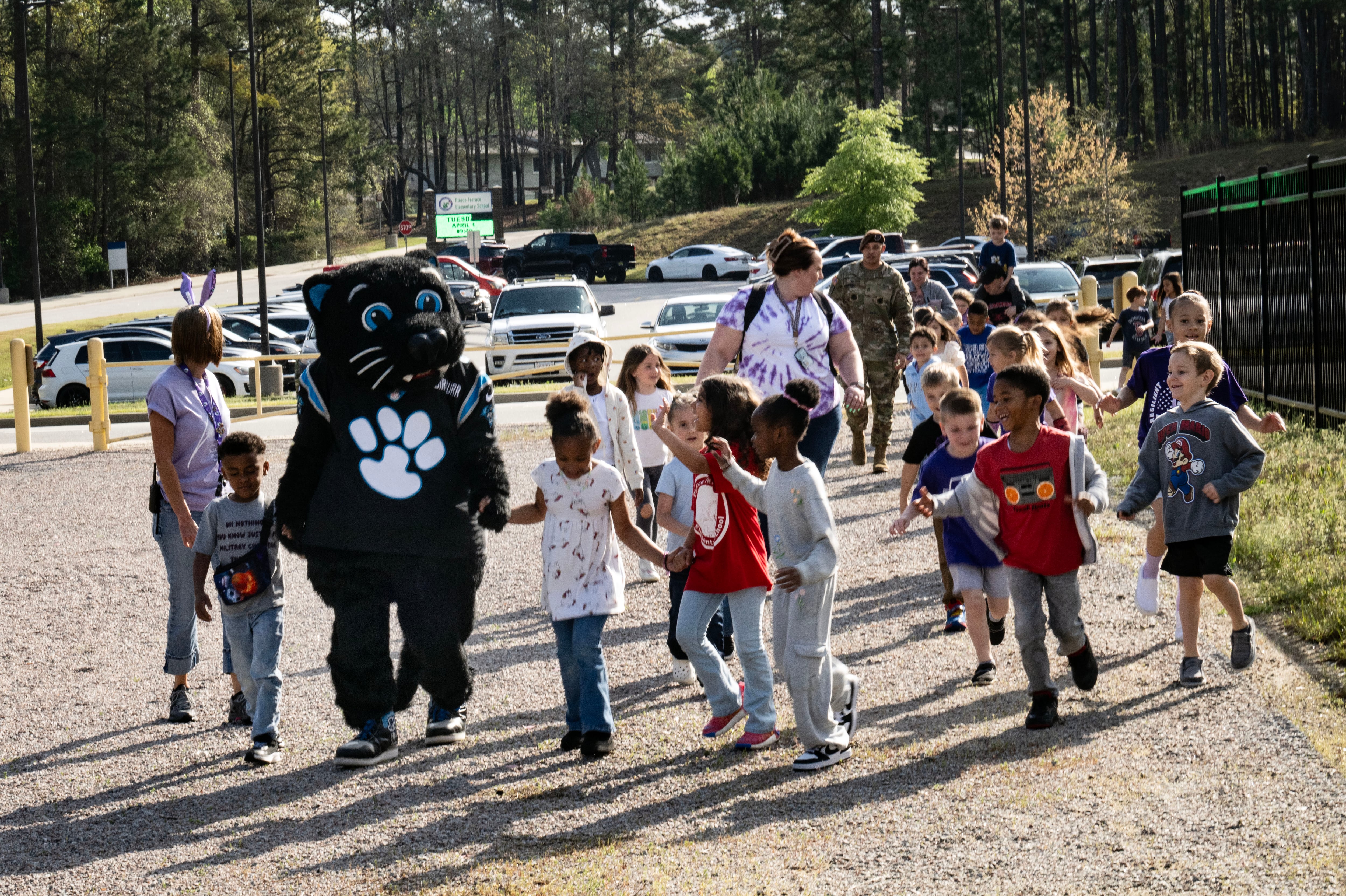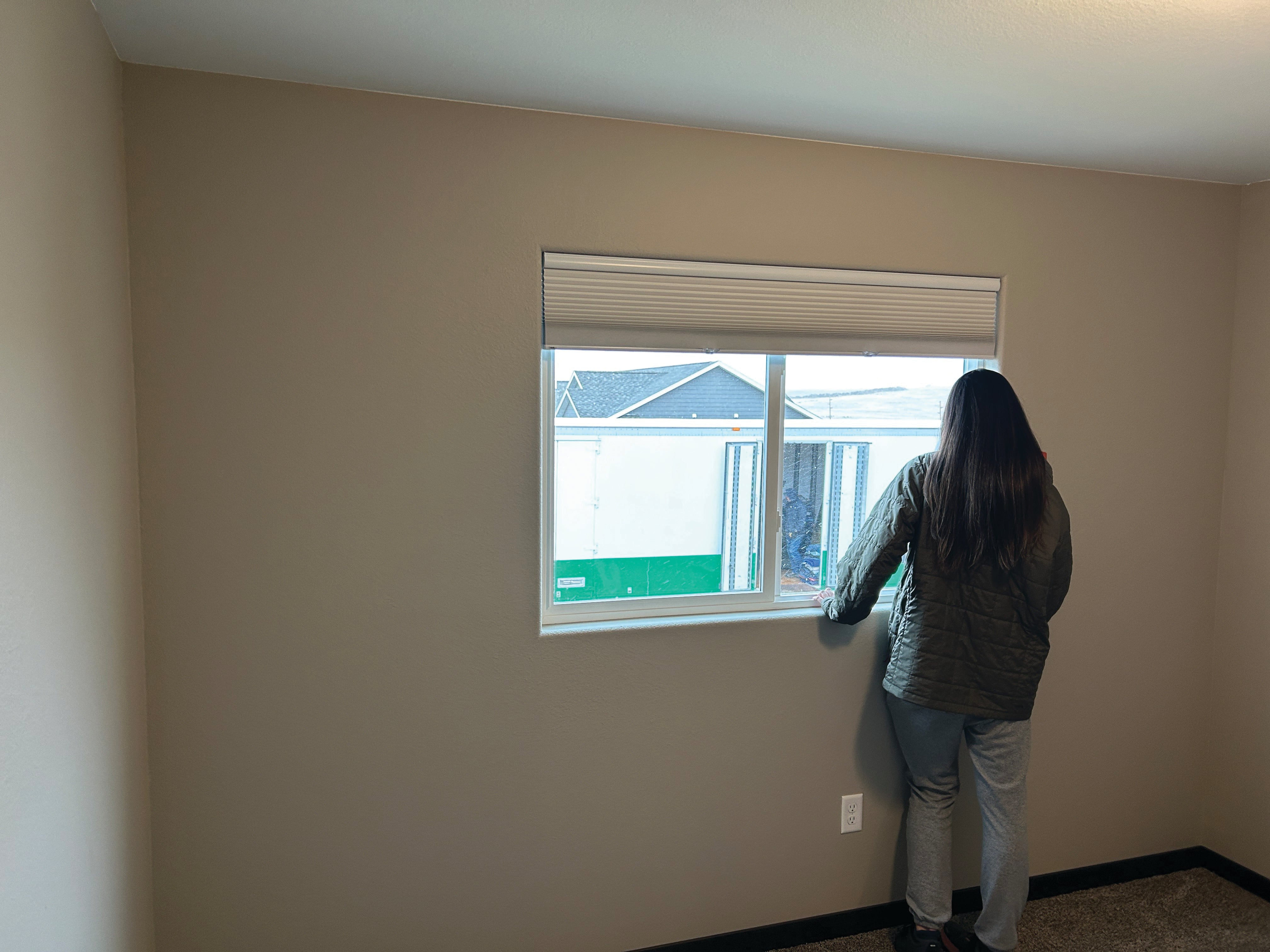What can a bunch of grad students at a California university contribute to national security?
A lot more than you'd think, according to the faculty for running an innovative new class – two academics and two retired Army colonels – at Stanford University.: a lot more than you might think.
Hacking 4 Defense met Tuesday (March 29) for the first time. Teams of students will attack national security problems with business principles and startup methods that can get new ideas to the military and agencies more efficiently. Two retired Army colonels and two academics lead the class.
To start, Initially, a group of 70 graduate students examined considered 24 national security challenges submitted by Pentagon and intelligence organizations, including U.S. Special Operations Command and the National Security Agency NSA. Faculty members, with eight military liaisons, picked the eight most promising teams’ proposals to become the guinea pigs for the class.
And it won’t stop at Stanford. Program founders say other major universities are clamoring to adopt the concept and launch their own similar programs next year.
"This is a game-changer. It’s help from an unexpected area," said retired Ret. Col. Peter Newell , a faculty member. "We’ve never been faced with threats that are evolving and changing so rapidly."
, a faculty member. "We’ve never been faced with threats that are evolving and changing so rapidly."
From 2010 to 2013, Newell directed the Rapid Equipping Force , an Army program to get gear to soldiers fighting in Iraq and Afghanistan more quickly quicker than the acquisitions process could. During their conversation, Newell and the student the two realized they had independently reached virtually identical conclusions on quickly pushing an idea from conception to the field — whether new gear to a deployed soldier or a start-up product to market.
, an Army program to get gear to soldiers fighting in Iraq and Afghanistan more quickly quicker than the acquisitions process could. During their conversation, Newell and the student the two realized they had independently reached virtually identical conclusions on quickly pushing an idea from conception to the field — whether new gear to a deployed soldier or a start-up product to market.
"REF was built to do the exact same thing that Steve was teaching, even though we had never met," Newell said. "We both did the same things naturally."

Pete Newell
Photo Credit: Courtesy of K&S Ranch
The problems the H4D class solicited, by design, are not research and development problems, but more applied, practical challenges.
For example, the Army’s Asymmetric Warfare Group wants ideas for countering enemy drone operations, now that the aircraft have become cheap and available to low-budget militias for surveillance or even weaponization. Army Cyber Command wants automated tools to counter enemies' use of social media, while the NSA wants an automated way to detect catfishing (people who pretend to be someone they’re not online). A Naval Special Warfare Group wants sensors that can detect a wearer’s core temperature, pressure, oxygen in tank, geolocation and oxygenation in the blood.
Students were encouraged to look at the proposals, pick one and assemble a four-person team. While held at the engineering school, the class includes a variety of student fields. According to Newell, pParticipants include active-duty officers, former startup founders and Silicon Valley project managers, engineers, data scientists, MBA candidates, product designers, a chemist, a lawyer, a Rhodes scholar and Ph.D. candidates with hard technical backgrounds, Newell said.
The students will contact experts and "customers," and work with faculty and military liaisons from the requesting organization to develop solutions that could be used perhaps quickly.
"That really motivates the students," said retired Ret. Col. Joseph Felter , another faculty member. "It’s not just getting a grade. They’re doing something that can make a difference."
, another faculty member. "It’s not just getting a grade. They’re doing something that can make a difference."
Track record
Blank has implemented the concept behind the H4D class before. His Learn LaunchPad teaching method, started with a class in 2011 to promote innovation and entrepreneurship,. The Learn LaunchPad class format flips traditional class structure. Lectures are part of the homework, along with fine-tuning the proposals and extensively interviewing potential customers. During class time, the teams present their progress and listen as other teams and experts critique them and offer ideas for moving forward.
The effort — designed to help students turn an innovative idea into a functional business — caught the attention of the National Science Foundation.
Blank has written that the foundation NSF calls the time in between exhaustion of research funding and learning enough about customers and markets to raise private capital as the "ditch of death." He said requirements for of federal research organizations to spend at least three percent on commercialization had proven ineffective.
"For 30 years, most of them failed," Blank said. "The head of commercialization saw this, called me and said we want you to teach this to the country's best scientists."

Steve Blank
Photo Credit: Courtesy of K&S Ranch
Blank open-sourced the class structure, and under the National Science Foundation the effort is called Innovation Corps, or I-Corps. More than 50 universities now manage hundreds of projects each year in a variety of fields.
I-Corps startup projects have included bacteria that produce substitutes for fertilizer in one instance or harmful petroleum-based products like lubricants in another, data restoration and other software services, a ground-water trading system for farmers that its originator calls the "eHarmony of natural resources," and a sensor that can tell how much nitrate is in soil.
I-Corps helped each generate grant funding and move closer toward commercialization through what amounts to a crash course in business and entrepreneurship.
With "H4D," that same concept will be applied to defense issues. Blank said there were initial concerns that a bunch of academics and Silicon Valley innovators would be less interested in helping military and intelligence communities.; they proved unfounded.
"Stanford is known as probably a pretty liberal campus. One of the risks here was whether we'd get any students interested," Blank said. "Your entire readership would get the chill up the back of their necks we did: I was overwhelmed with the response. It was the best of the best. I've been teaching at Stanford for over a decade, and I've seen nothing like that."
And it won't stop at Stanford. As happened with I-Corps, Newell said a number of universities are "pretty motivated to initiate this already."
The faculty team says a course guide for conducting the H4D class is 90 percent complete; from there they will add lessons learned this spring so they can teach a sort of train-the-trainer educators’ class in August. By early 2017, the concept could be in another 10 to 15 schools, including the University of California-San Diego, Massachusetts Institute of Technology, University of Arizona, Georgia Tech, Virginia Tech, University of Pittsburgh, Purdue University, New York University and Columbia have all been fairly aggressive, according to Newell, especially UCSD, NYU and MIT.
Different schools have different areas of expertise, which could influence what kinds of innovations they develop, the faculty said. The University of California-San Diego UCSD sits near Navy and Marine bases as well as a "blue tech" (open ocean-based technologies) entrepreneurial hub. Arizona performs a lot of space technology research. Pittsburgh showed interest in robotics. Columbia wanted to run a policy group.
"When we scale to multiple universities, we're going to have people step up to help their country like we never expected, like DoD never expected," Blank said. "These kids are the ones on the cutting edge of creating solutions."
The projects
Below are the eight initial projects, including the sponsoring organizations that came up with the problem. The sponsoring organizations and that will offer liaisons to help the team of students understand the needs and what could work to address them.
Newell said it's important that the organizations are vested: "If a student picks up a phone at 10 p.m., someone on the East Coasts is going to pick up the phone at 1 a.m."
For a more detailed look at all 24 of the proposed projects, click here.
• Team AquaLink: Wearable sensors for divers, sponsored by Navy Special Warfare Group III (NSWG3).
• Team LTTT: Virtual advise and assist, sponsored by the Joint Improvised Threat Defeat Agency. (JIDA)
• Team Sentinel: Distributed, disposable ISR (intelligence, surveillance, reconnaissance), sponsored by the commander of US Navy 7th Fleet (C7F).
• Team Narrative Mind: Countering adversaries use of social media, sponsored by U.S. Army Cyber Command (ARCYBER).
• Team Guardian: Countering asymmetric drone activities, sponsored by the U.S. Army Asymmetric Warfare Group (AWG).
• Team Fish Reel: Counter Cat-Fishing, sponsored by the National Security Agency (NSA).
• Team Skynet UI: Autonomous unmanned aerial system UAS control and threat warning, sponsored by U.S. Special Operations Command (USSOCOM).
• Team Capella: Synthetic aperture radar SAR imagery from space, now sponsored by the Defense Innovation Unit Experimental (DIUX). This project was a "walk-on selection" that was not among the initial proposals but presented by students; DIUX subsequently agreed to sponsor it.
Kyle Jahner covers soldier uniforms and equipment, Medical Command and Recruiting Command along with investigations and other breaking news for Army Times. He can be reached at kjahner@armytimes.com.




